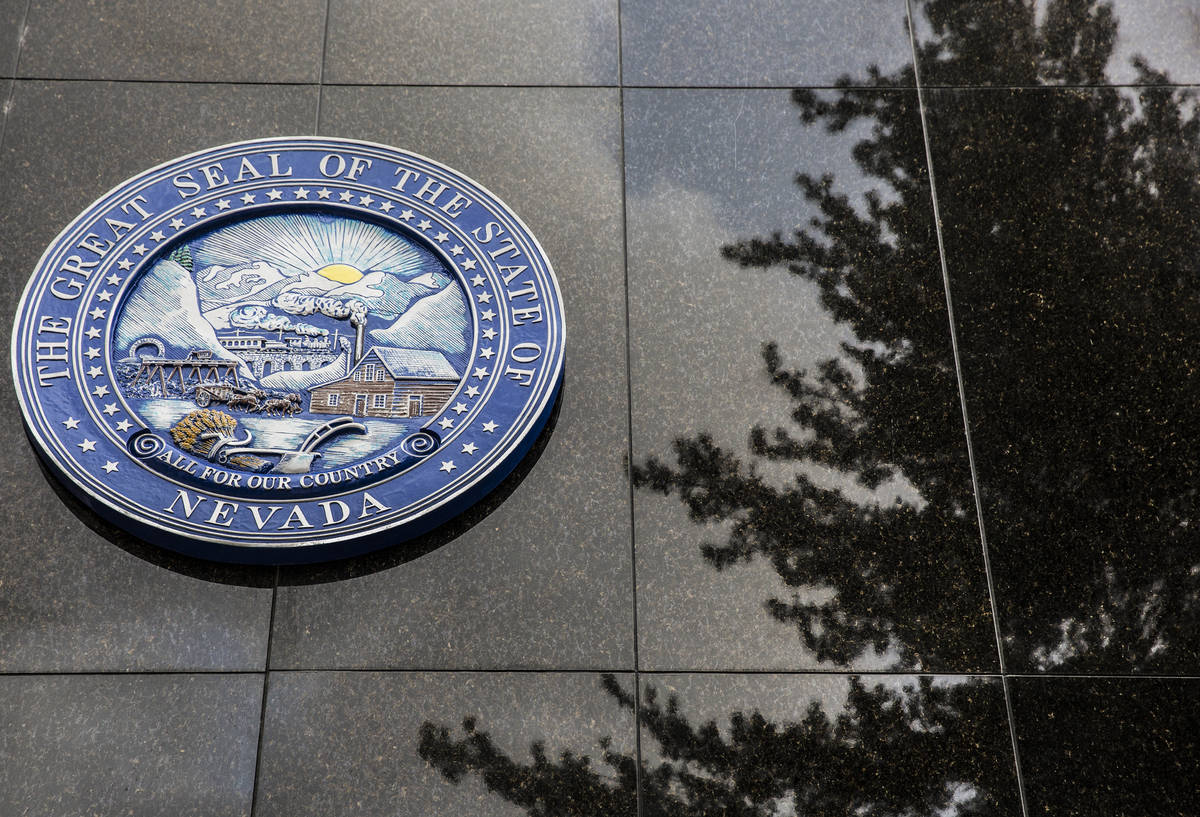Nevada won’t add a House seat in latest census
WASHINGTON — Nevada didn’t gain or lose a congressional seat, but new population figures released by the U.S. Census Bureau on Monday showed a political shift from the Rust Belt to the Sun Belt.
The state population figures used for apportionment of seats in the House of Representatives showed Texas picking up two congressional districts and five other states gaining one seat each.
Seven states, including Ohio, Michigan and Pennsylvania, lost a seat, according to the Census Bureau.
California lost a congressional seat for the first time in its state’s history but will continue to have the most representatives in the House with 52 lawmakers and remains the most populous state with 39.5 million people.
Overall, the 2020 census showed a 7.4 percent increase in the U.S. population over the past decade, to 331.4 million people.
Acting Census Bureau Director Ron Jarmin told a virtual news conference that he was satisfied with the accuracy of the count, which was conducted amid the coronavirus pandemic and natural disasters.
Jarmin also noted that the 7.4 percent population increase was less than the 9.7 percent growth that took place between 2000 and 2010.
The results were delayed by roughly a month because of legal challenges in 2020 when the Trump administration tried unsuccessfully to include a question about citizenship status on forms.
Commerce Secretary Gina Raimondo said the results of the 2020 count were delivered to President Joe Biden, who in turn delivered the information to House Speaker Nancy Pelosi, D-Calif., on Monday afternoon.
The numbers will be used to apportion the 435 House seats among all 50 states.
According to the data, seven seats shifted among 13 states, with population gains in the Midwest and Northeast far lower than population growth in the South and West.
Although Nevada has grown in population, it did not see enough growth to pick up an additional seat. It has four House seats.
Nevada was one of the states with the largest growth percentage over the past 10 years, according to Census Bureau demographer Kristin Koslap. But population gains in other states kept Nevada off the list of states to gain a seat. (Based on the census figures and the average population size of a congressional district, Nevada would have needed about 357,000 more people to gain another seat.)
Utah, Idaho, Texas, North Dakota and Nevada had the largest percentage increase in population since 2010. Utah had the highest growth percentage, at 18.4 percent. Nevada saw a 14.7 percent growth in population since 2010, adding more than 400,000 people and now has 3.1 million residents.
In addition to Texas, which will pick up two seats, other states that gained a seat are Colorado, Florida, Montana, North Carolina and Oregon.
California and six other states, Illinois, Michigan, New York, Ohio, Pennsylvania and West Virginia, each lost a congressional seat.
Although California’s population increased, more people moved out of the state than moved in, said Karen Battle, a Census Bureau demographer.
Census data will be used by the states to draw new political lines for House seats and state lawmakers. The data will come too late for new lines to be drawn during the current Legislature, however, and a special session is expected this year to complete redistricting.
Contact Gary Martin at gmartin@reviewjournal.com. Follow @garymartindc on Twitter.

















